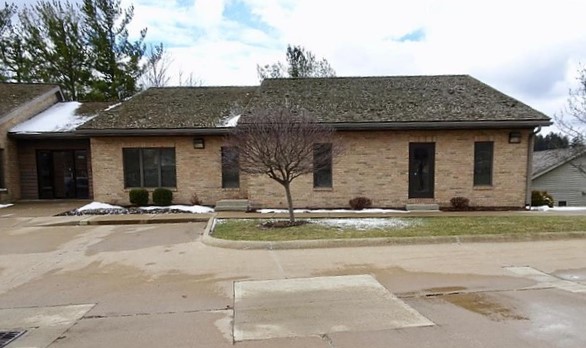Suboxone is considered a partial opioid agonist. This means the drug binds to the same receptors in the brain as opioids do and prevents those who are opioid dependent from feeling high. The duration of action is longer than short-acting agents like painkillers or heroin. The naloxone component of the medication is designed to prevent abuse secondary to snorting or injecting the medication.
There are two formulations of Suboxone: tablet or film. When taking either, it is important to administer the medication with dry hands as moisture will initiate breakdown of the drug prematurely. During administration under the tongue (or inside cheek), it is important not to chew, swallow, eat, drink, smoke, or even talk while the medication is dissolving. Suboxone is meant to be taken at the same time of day, and is meant to be stored at room temperature. Always talk to your pharmacist or physician if you have questions about how to take Suboxone.
In order to avoid withdrawal, Suboxone should be administered between 12 to 24 hours after most recent short-acting opioid. If last taking a long-acting agent, it is best to wait at least 1 to 2 days prior to taking the medication.
As with any drug, addiction is possible. Although the rate of addiction presents a much smaller risk than those of other opioids, it is important to be self aware of any addictive properties the drug may present. With a slow onset and long duration of action, Suboxone is considered safe – especially when considering what it is replacing. There are many professional organizations that have studied Suboxone have come to the conclusion that addiction potential is low. Dependency to this or any other drug is resolved by a tapering procedure.
For most cases and most drug screens the answer is no. The active ingredient (buprenorphine) must be included on a multi-panel test in order for it to show as positive. Even when completing multi-panel screenings, the short-acting nature of buprenorphine presents little risk for showing positive results (after 1-3 days following most recent administration). Organizations differ in their cutoff levels as well as their sensitivity for testing certain substances. For extremely high sensitivities, it may be possible for buprenorphine detection to occur 10 days after last administration. Most importantly, buprenorphine will not result in positive tests looking for the presence of opiate painkillers such as oxycodone.
Commonly referred to as “precipitated withdrawal”, incorrect timing of Suboxone administration can lead to an uncomfortable and unnecessary run-in with withdrawal symptoms. When taking Suboxone, it is important to time it with the duration of action for the most previously administered opioid to prevent this from occurring. The half-lives for common opioid medications are below and should give insight into how long each of them last in the bloodstream:
- Morphine: 8 to 12 hours
- Hydrocodone and Oxycodone: 12 to 24 hours
- Heroin: 12 to 24 hours
- Oxymorphone: 24 to 30 hours
- Methadone: 36 hours to one week
The ideal wait time for taking Suboxone is once the withdrawal symptoms have begun to occur. This is an indicator that opioids have left your system and the risk for precipitated withdrawal is decreased. Call our trained physicians today to get a customized treatment plan to help lower dependence on opioids.
Many clients seeking addiction recovery will be prescribed either Methadone or Suboxone therapy. Methadone therapy used to be standard of practice prior to Suboxone approval in 2002. The clinical risks and challenges with Methadone can sometimes outweigh the benefits of switching to Suboxone. Tapering from one agent to the other can be difficult, but not impossible. Similar to the timing and administration of Suboxone, if taken too early, it can displace Methadone from opioid receptors and precipitate withdrawal. It is best to taper fully off of methadone before using Suboxone. Here might be a few reasons to have our clinic help make the switch:
- Lower your feelings of being “medicated”
- Decreased and more favorable side effect profile with Suboxone
- Rid the stigma associated with methadone
- Lower risk of OD, damage to the heart, and withdrawal if dose is missed
Call Now for a Free, Confidential Consultation
Our counselors are ready to speak with you whenever you are.
Schedule Your Initial Appointment
Find Freedom and Long-Lasting Recovery
You Are Not Alone.
Or Request a Call From Us:
Your Information is 100% Confidential
Mansfield Recovery


